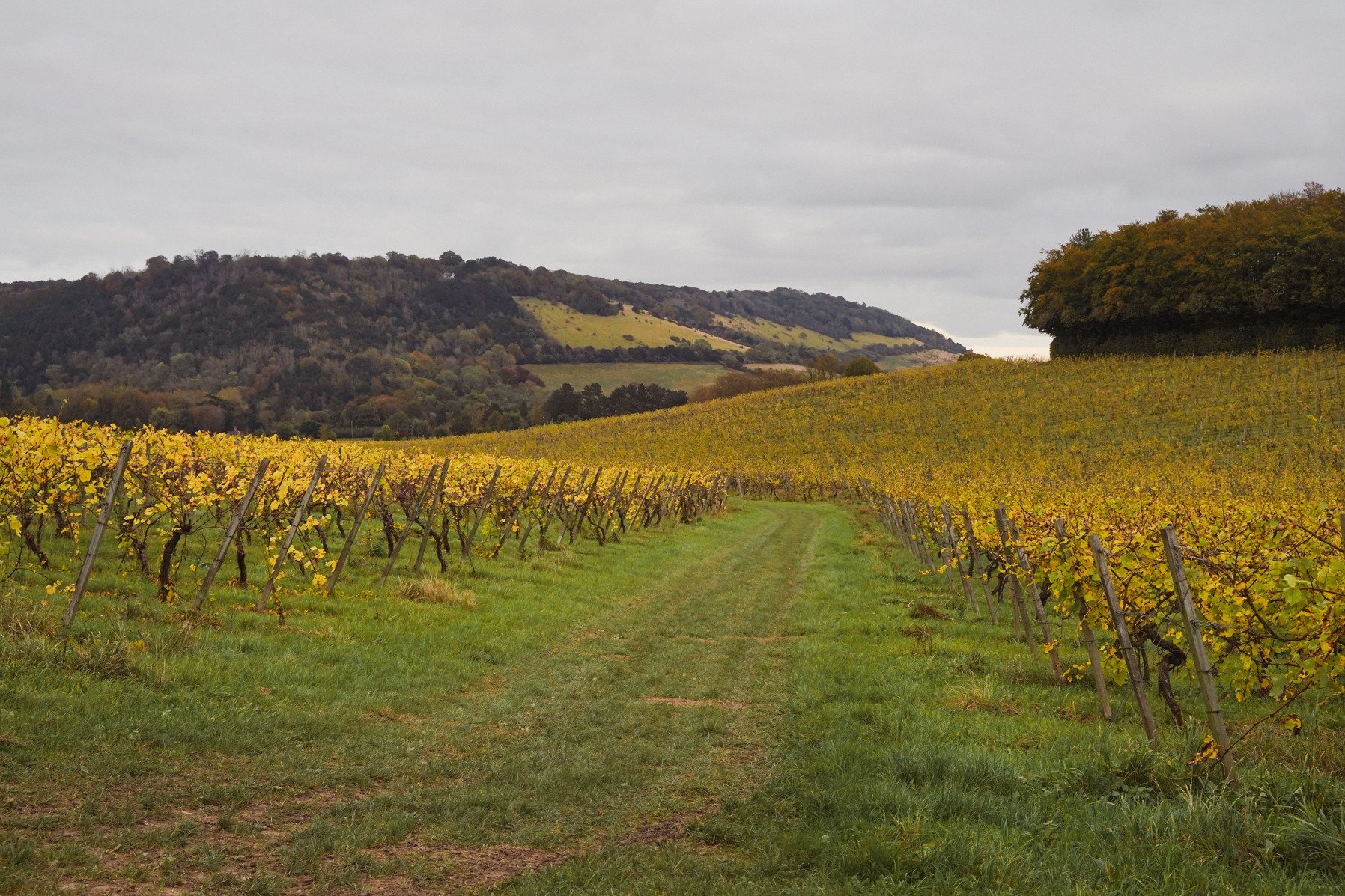Day trips from London: Wakehurst
Kew Gardens is a world-famous botanical garden, easily reachable by tube from any part of London. The gardens are indeed magnificent, offering an enormous diversity of plants, from modest cacti to noble, sky-high trees, complemented by thoughtful walking routes, vistas, a lake, wildlife, and even a tall pagoda and a Japanese gate. But this is a story for another time, as today we will go to Kew’s younger sibling - Wakehurst.
Here’s a map with several points of interest marked for you to follow along: Wakehurst Map
If you use public transport, then to get to Wakehurst, you need to take the Thameslink train to Three Bridges or Haywards Heath, and then take bus 272 right to the entrance. It sounds like a hassle, but the commute is actually quick, and one other perk is that the place is practically empty, especially if you compare it with the crowded Kew Gardens.
Gardens are organised around the Wakehurst Mansion, that was built in the 16th century and expanded over time. The name Wakehurst comes from Gerald Loder, 1st Baron Wakehurst, who owned the mansion at the beginning of the 20th century and is responsible for the creation of a proper landscape garden in the area. Kew added a botanical angle only in the second part of that century.
The mansion is a sight on its own, but since 2022, it’s been closed for a major restoration. A clever move was to utilize the scaffolding as a canvas for a massive artwork and a viewing platform - you can climb a few flights of stairs behind the artwork to enjoy elevated views.
From the mansion’s viewpoint, you will notice a stream flowing away. There’s a path that follows the stream, winding and crossing the water back and forth, offering vistas and secluded places to indulge your senses in the sounds of water and wind brushing the trees. Depending on the season, you will experience a wide range of leaf colours on your way, from deep green to dark brown.
The area around the stream leading to the Water Garden is my personal favourite. But it’s just a small part of Wakehurst. The biggest space is occupied by woodland pierced by a network of trails.
You will pass tunnels, valleys, hidden gazebos, and artworks - various animals woven from branches. They are often placed inconspicuously to mimic their real counterparts, so it’s a challenge to spot them all.
Wakehurst is also a home to the Millennium Seed Bank Project, which aims to gather and protect species of plants to save them from extinction by storing seeds for future use. The set of buildings designed for this purpose looks intriguing amidst the surrounding landscape and is worth a visit. There’s also a small museum inside that you can visit at no additional charge.
Although it’s not all botanical. It would feel strange if all the flora was without fauna, right? When you walk around, look for various specimens, like a colourful pheasant in the photo - that one was just strolling at the side of the path for humans.
Wakehurst is smaller than Kew Gardens, but taking the commute into account, it makes sense to allocate a whole day to enjoy the serene atmosphere without any rush and come back relaxed and recharged.
Thank you for joining me on this adventure! If you enjoyed this day trip, you might also be interested in exploring other destinations within the same reach from London:
Hastings
A place of a historical battle, an important port, and simply a remarkable seaside town
Surrey, Box Hill
Vineyards, pastures, little towns and scenic hills - serenity just south of London







